9 Best Non-Lethal Home Defense Weapons to Protect Your Family

Why Non-Lethal Home Defense Makes Sense
Keeping your home and family safe is a top priority. While firearms are often considered for home defense, they come with significant risks—such as accidental discharge, legal complications, or misuse by unauthorized individuals. Fortunately, there are highly effective non-lethal home defense options that can deter or stop an intruder without resorting to deadly force.
Unlike self-defense tools you carry on the go, home defense weapons are designed to protect you where you live—giving you time, distance, and control during emergencies. These tools help you stay prepared and protect your loved ones safely.
Related: For personal protection outside the home, see our 10 Best Non-Gun Self-Defense Tools.
Effective Self-Defense Solutions to Keep Your Home Safe Without Firearms
This guide explores nine of the best non-lethal devices and strategies for home protection. Each option provides reliable security while minimizing risk.
1. TASER Weapons & Stun Guns
TASER devices are among the most powerful non-lethal home defense tools available. They incapacitate intruders with an electric shock, giving you time to escape or call for help.
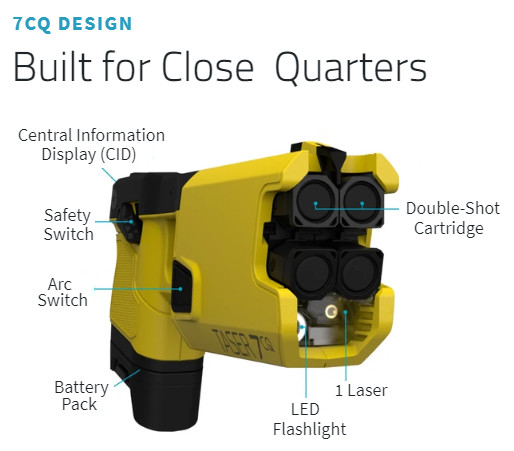
- TASER Devices: Shoot probes up to 15 feet to disable from a safe distance.
- Stun Guns: Require direct contact but deliver immediate electric impact.
- Disguised Models: Lipstick and flashlight stun guns allow discreet protection.
2. Pepper Spray & Wildfire Defense Sprays
Pepper spray is a trusted non-lethal deterrent that causes temporary blindness, intense pain, and coughing—ideal for home and apartment safety.
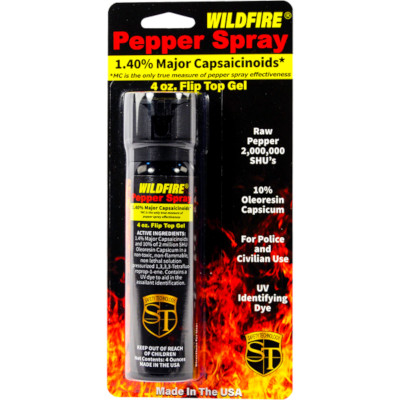
- Effective range: 6–15 feet depending on the model.
- Non-lethal and easy to use under stress.
- Safe to store near entryways for quick access.
Shop: Explore Pepper Sprays
3. Stun Batons
Combining reach and electrical power, a stun baton gives you both distance and force in one tool. Many models include a flashlight to disorient intruders.
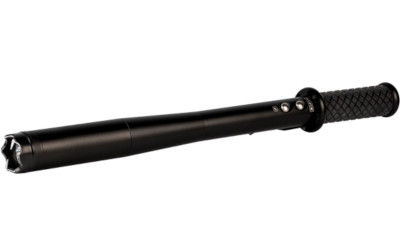
- Delivers shock and physical deterrence simultaneously.
- Provides extra reach and visibility.
- Durable and rechargeable for long-term protection.
Shop: Check Out Stun Batons
4. Smart Dummy Cameras
Prevention starts with deterrence. Dummy cameras look identical to real surveillance systems and discourage intruders before they act. Our realistic dummy security camera guide can help you decide.
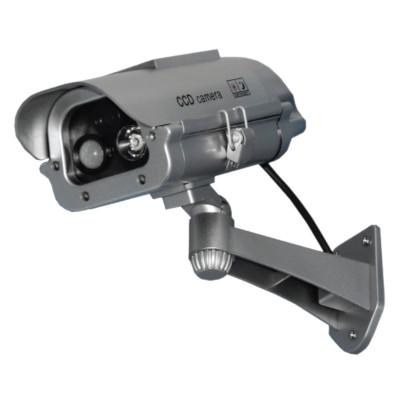
- Affordable visual deterrent—many under $25.
- Flashing LEDs mimic live recording.
- Pair with hidden or motion-activated cameras for layered security.
5. Home Alarm Systems
Security alarms protect your home even while you sleep. Loud sirens and instant alerts can stop a break-in before it escalates.
- Wireless alarms for windows, doors, and hallways.
- Motion-sensor models for quick installation.
- Compact doorstop alarms for apartments or travel.
6. Personal Alarms
Personal alarms provide fast, simple protection for children, seniors, and anyone who prefers a non-physical defense option.
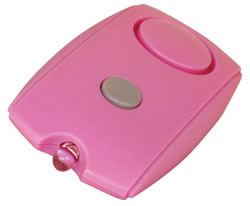
- 120–130 dB sirens grab attention instantly.
- Attach to keys or bedside tables for quick reach.
- Excellent backup for multi-layer home defense.
Shop: Shop Personal Alarms
7. Hidden Cameras
Hidden cameras record discreetly and provide valuable evidence if an incident occurs.
- Available in clock, charger, or wearable designs.
- Record in HD or stream live via Wi-Fi.
- Excellent for monitoring entryways or caregivers.
8. Self-Defense & Situational Training
Even the best tools are only as strong as your preparedness. Basic self-defense or situational awareness training helps you react under pressure and use your environment to your advantage.
- Focus on quick escapes and threat avoidance.
- Use household items for improvised defense.
- Pair training with tools for a full protection plan.
9. Safety Networks & Neighborhood Watch
Strong communities deter crime. When neighbors communicate, watch, and coordinate, criminals take notice.
- Join or organize a neighborhood watch.
- Share security camera footage when needed.
- Build relationships that create a safer environment.
Legal & Safe Use of Non-Lethal Weapons
Non-lethal home defense tools are generally legal across most U.S. states, but some devices—like pepper sprays or TASER weapons—may have restrictions on size or voltage. Always verify your state’s regulations before purchase or use.
- Pepper Spray: Typically legal, but check for canister size limits.
- Stun Guns: Restricted in select states; always confirm legality.
- TASER Devices: Require registration in some areas.
Store non-lethal weapons securely and keep them accessible only to responsible adults.
Final Thoughts: Stay Safe Without Firearms
Protecting your home doesn’t require lethal force. With the right mix of deterrence, technology, and readiness, you can create a safe environment for your family without the risks of firearms.
Whether it’s a stun baton, pepper spray, or home alarm, the key is being proactive—not reactive. Explore TBOTECH’s trusted collection of non-lethal home defense tools today.
✦ Shop All Home Protection Products
Discover More Non-Lethal Defense Guides
- 10 Non-Gun Self-Defense Tools – Practical protection options for everyday safety.
- Guide to Non-Lethal Weapons – Learn the differences between pepper spray, stun guns, and more.
- Senior Self-Defense Solutions – Tools designed for comfort and confidence.
- Adaptive Self-Defense for Disabled Individuals – Safe strategies for all abilities.
Empower your protection. Explore non-lethal self-defense products from TBOTECH.
Add your comment now!
Post Comment